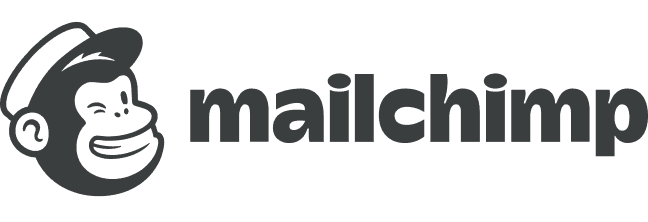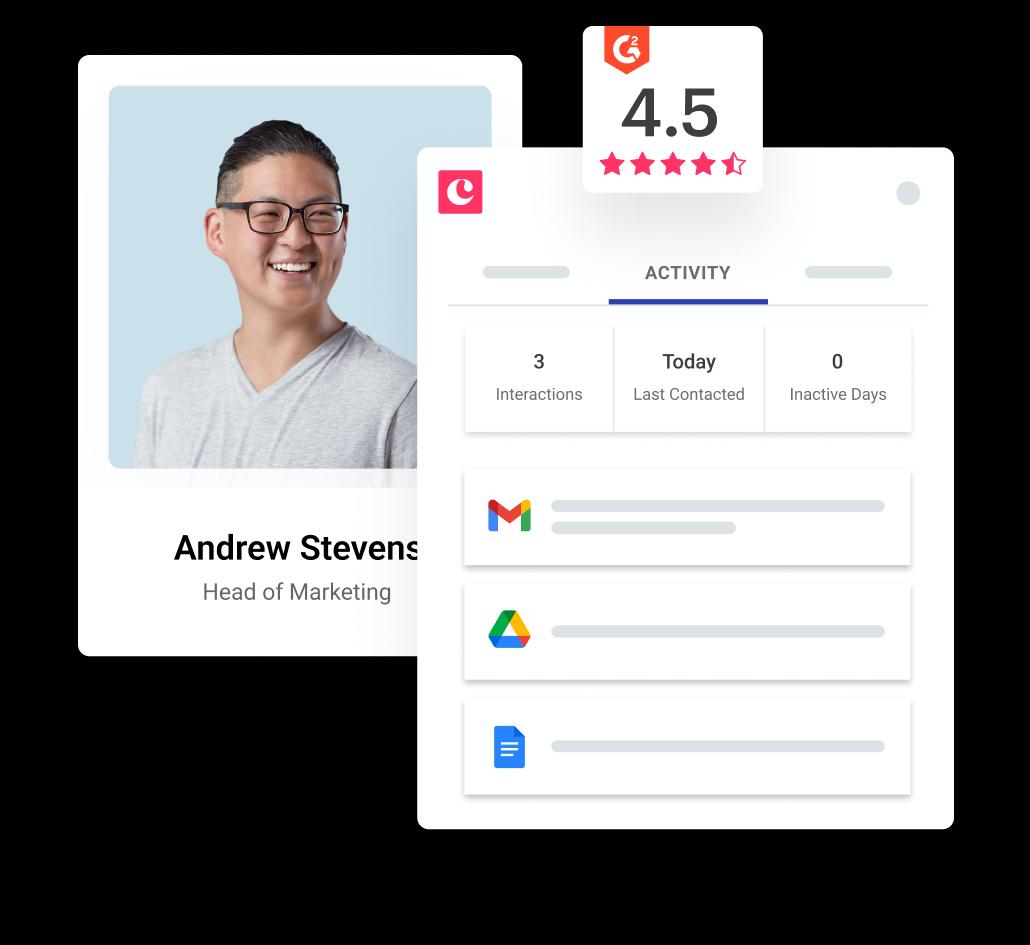
Loni Klara
When the hip dessert brand, Jeni’s Ice Cream, started looking for a CRM to help manage their wholesale relationships that included both mom-and-pop shops and large retailers like Whole Foods, its number one goal was customization.
That’s because using a CRM for wholesale relationships is a whole different game than using it for your usual sales transactions.
Most businesses use a CRM to keep track of contacts, manage leads, and measure closed deals. Here's how it looks in Copper for example:
But if you’re in the wholesale business, you need to manage existing relationships with retailers too.
The ability to customize your customer information through a CRM gives you a better overview of your relationship with each customer, and how to improve the experience for each.
Let’s go into the specifics of how a CRM can help you achieve that goal.
Why use CRM for wholesale relationships?
Wholesale companies have to manage relationships with a variety of businesses. Small mom-and-pop shops have different needs than those of large retailers. Tracking this diverse set of customers throughout the deal cycles would be extremely time-consuming if you’re using a bunch of spreadsheets and different software.
Having a single platform like a CRM where you can keep an eye on all your customers can speed up the deal cycles and allow your team to collaborate across different accounts.
Key features a wholesale CRM should have:
- The ability to log customer order history
- Communications records
- Team collaboration
- Team sales reporting
Let’s take a look at how wholesalers can use each of these features to manage relationships with their customers.
The ability to log customer order history
Can you name which customers ordered which product last month off the top of your head?
The more customers you have, the more complex it gets to remember this kind of data. Yet having a clear picture of each customer’s order history is crucial for understanding their individual needs and spotting opportunities for more sales.
In Copper, you can see all of a contact’s details and past activity. These fields can be customized, so you can easily record and display a customer’s order history here.
A good CRM will give you quick, customizable access to that information. For example:
- Company A: Ordered X units of baby products three times in the past quarter.
- Company B: Stopped ordering bath supplies since December.
- Company C: Ordered a perfume brand for the first time this year.
These are questions you can ask to find out where your opportunities are:
- What products did your customers order, how much of it, and when?
- Did any of your customers show interest in your new line of products?
- Are there any companies that stopped ordering something?
Once you have the answers to these questions (on a handy CRM dashboard), you can identify which customers might be struggling or who to target for certain products. This allows you to offer relevant special deals to customers or predict future sales based on their past purchase behavior.
Use your order history to create customer profiles
By looking for patterns in your customers’ order history, you can segment them into different customer profiles. A flexible CRM lets you customize your data according to demographics, location, or size, for example.
An example of how to use segmentation to create customer profiles
Based on the different customer profiles, you can gain further insights on how to help them according to their individual needs:
- Do you have multiple retailers located in a specific city or region?
- What are the sales data for that particular segment of customers?
- What products are selling well in that area?
- What if you divide your customers based on their size?
- What are the sales patterns for large retailers, mid-sized businesses, and small stores?
Your next steps could be developing special promotions for the most popular products in each customer segment. Also, whenever you get a new product, you’ll know which customers to target. If you notice that order sizes vary based on different customer segments, you can plan ahead for those orders.
Communications records
Are your customers satisfied with their communications with you?
According to an email survey we sent out to Copper customers, companies responded 37% faster to customers after switching to a CRM.
A centralized platform not only lets wholesale companies track customer sales data, but also paves the way for easier communications.
A CRM like Copper lets you see all your contact history at once
When you look up a customer on a CRM, you should be able to see previous interactions without having to search through your inbox for past emails. If a customer contacts you, you’ll know exactly who they are and what they need—right away.
A centralized communication channel also gives different sales reps access to previous conversations with the customer so they’re not giving out redundant information or asking the customer for information they already gave to another rep.
This transparency means you can switch from one rep to the other and the customer won’t even know the difference. Having past communications data also allows you to be more proactive in following up, checking in, and responding in a timely manner.
According to research by Forrest Consulting, high customer satisfaction is the number one benefit of proactive customer communications. (Other benefits include increased revenue and a reduction in repeat calls.)
To improve your wholesale relationships, start getting more proactive in customer communications. Use your CRM’s customer relationship history function to see:
- Which customers you still need to contact about a specific issue
- Which customers you haven’t talked to in a while
- Which ones are receiving too much attention at the expense of others
Team collaboration
You know who your customers are, but do you know which team member owns which part of the deal cycle?
Customer communication is important, but without an effective internal communications process, it’ll suffer.
A CRM lets each person see what needs to be done, what’s being done, and what has been done—all without constantly messaging each other. You can see who’s taking ownership of separate tasks related to a customer at a glance.
Here’s an example of a pipeline with an owner assigned to this marketing task: creating a customer video.
In other words, it’s an effective project management tool. By facilitating team collaboration, a CRM helps sales reps take charge of the different stages involved in a customer deal cycle.
Team sales reporting
A CRM with a performance reporting feature helps each person see summaries of their tasks including average deal size, time spent on each stage of the pipeline, and the total value of each deal cycle.
See how much time each team member spends on each activity
Once you understand how much or how long it takes to manage specific customer-related activities, it’s easier to identify opportunities for improvement.
You might realize that Customer X always requires twice as much time to land the same value as Customer Y. Or maybe you’re just spending too much time on calls per month with a particular store–are there ways to reduce that time?
Noticing where your efforts are going helps you to manage customer relationships by nailing down their specific problems.
- If Customers X and Y are in the same market with the same size, but one requires more effort than the other to keep happy, find out why.
- If you see that Customer Z is a superstar who gives you the biggest deals for minimum effort on your part, offer them more incentives and rewards.
Your personal performance reports not only help you increase productivity, but also improve customer relationships by pinpointing which activity can be streamlined, or what your ROI is for each customer.
How are you managing wholesale relationships with your CRM?
If you’re already using a CRM that has the above features to improve your wholesale relationships, great. If not, find out which software offers the key functions you need to get the most out of your investment.
To read more about managing customers in the Relationship Era, check out this free guide.










